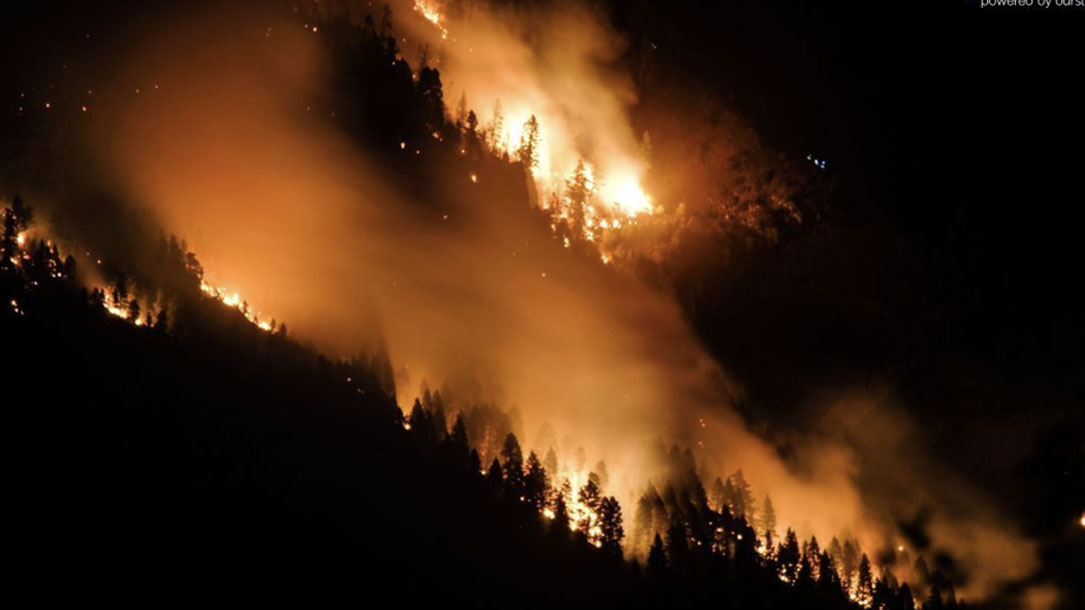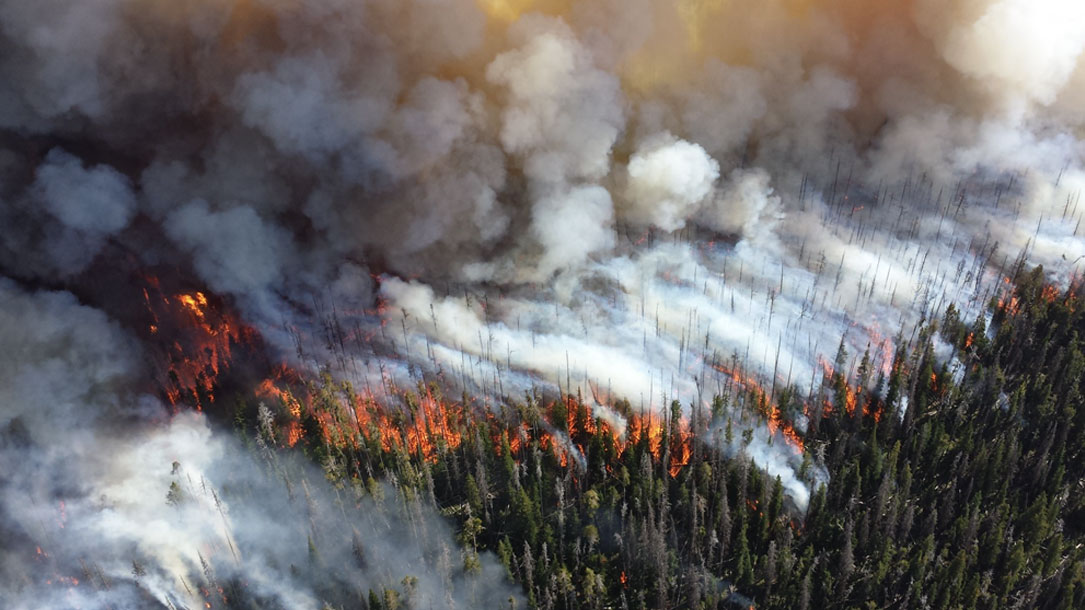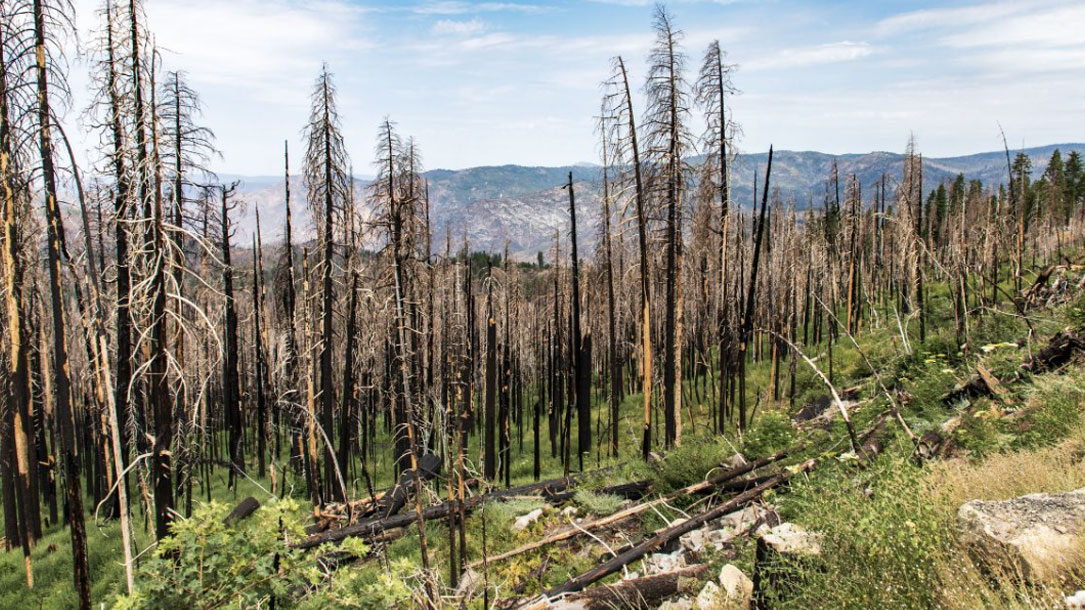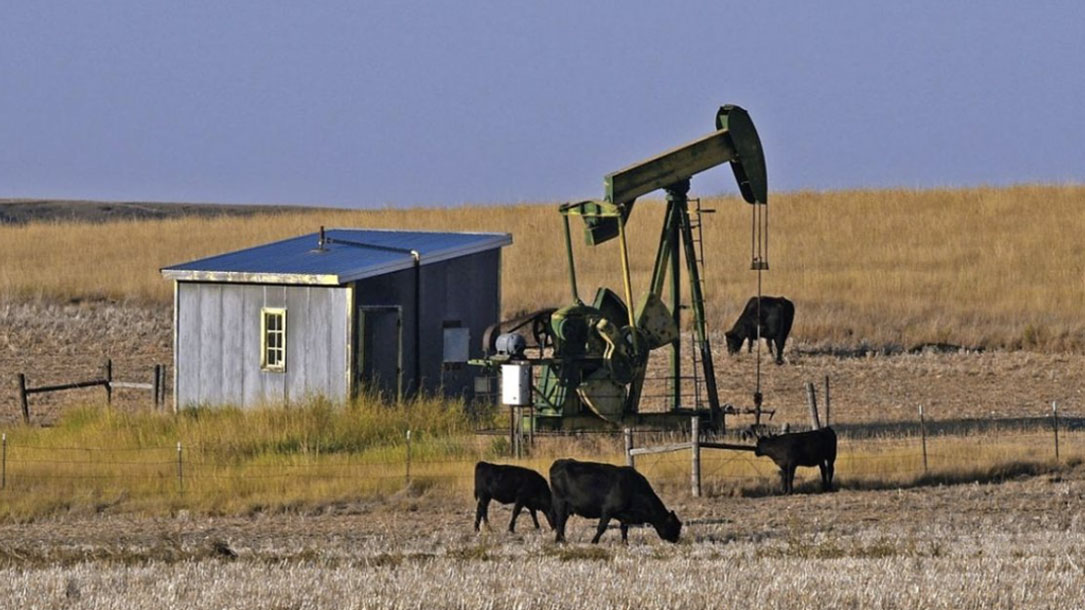
Massachusetts Clean Energy Act eases path for agrivoltaic projects
The Act clarifies that an agrivoltaic project is to be treated as an agricultural use, meaning that the land can continue to be classified as agricultural land for property tax purposes and that the project is exempt from special permit requirements.
This change in law further illustrates the legislature’s intent to help farmers continue their farming operations by utilizing renewable energy, and particularly solar energy, as a means of maintaining their land in agricultural use.

Notable impact of wildfires in the western United States on weather hazards in the central United States
Wildfires have intensified in both frequency and burned areas in recent decades in the United States and constitute a significant threat to life and property. Sensible heat and aerosols produced by wildfires may affect severe storms and weather hazards downstream. Here, we show that wildfires in the western United States can lead to more severe hazardous weather in the central United States, notably increasing occurrences of heavy precipitation rates and large hail. Both heat and aerosols from wildfires play an important role. As wildfires are projected to be more severe in a warmer climate, the influence of wildfires on severe weather in downstream regions may become increasingly important.

Up in smoke: California’s greenhouse gas reductions could be wiped out by 2020 wildfires
In this short communication, we estimate that California’s wildfire carbon dioxide equivalent (CO2e) emissions from 2020 are approximately two times higher than California’s total greenhouse gas (GHG) emission reductions since 2003. Without considering future vegetation regrowth, CO2e emissions from the 2020 wildfires could be the second most important source in the state above either industry or electrical power generation. Regrowth may partly of fully occur over a long period, but due to exigencies of the climate crisis most of the regrowth will not occur quickly enough to avert greater than 1.5 degrees of warming…

Study shows worsening wildfire smoke is unraveling decades of air quality gains
Wildfire smoke now exposes millions of Americans each year to dangerous levels of fine particulate matter, lofting enough soot across parts of the West in recent years to erase much of the air quality gains made over the last two decades.
In late September, Stanford University researchers published this study that found residents of Western states were exposed to a 27-fold increase of harmful particulate matter pollution, known as PM2.5, between 2006 and 2020 as wildfires intensified.

Western wildfires are fueling extreme weather in other states
In late September, Stanford University researchers published a study that found residents of Western states were exposed to a 27-fold increase of harmful particulate matter pollution, known as PM2.5, between 2006 and 2020 as wildfires intensified.
Then this month, researchers from the University of Chicago and the University of California, Los Angeles, concluded in their own study that the wildfires of 2020 contributed to roughly a third of California’s total greenhouse gas emissions that year.
And on Monday, the Department of Energy released groundbreaking research that found Western blazes are increasing the intensity of extreme weather in states as far east as Nebraska…

The world’s forests do more than just store carbon, new research finds
Researchers from the U.S. and Colombia found that, overall, forests keep the planet at least half of a degree Celsius cooler when biophysical effects — from chemical compounds to turbulence and the reflection of light — are combined with carbon dioxide…

Keeping cattle on the move and carbon in the soil
The Obrechts stand at the forefront of an emerging collaboration between ranchers, conservation groups, and governmental agencies that aims to protect, restore, and revitalize the United States and Canada’s prairies — or what’s left of them…
Researchers estimate that grasslands could contain as much as 30 percent of the carbon stored in the Earth’s soil. Plowing them in order to plant crops releases large amounts of that carbon into the atmosphere…

How fast the Carbon Clock is ticking
We know we will need nature-based solutions and renewables to slow down climate change in a timely manner. We also know that ground-mounted renewables can work as partners with farmers if designed appropriately.
So, what’s a climate budget?
It’s related to how fast the Carbon Clock is ticking: how much CO2 can be released into the atmosphere to limit global warming to a maximum of 1.5°C and 2°C, respectively…

Inflation Reduction Act has implications for tax-exempt entities
The Inflation Reduction Act (H.R. 5376) (the Act), signed into law on August 16, 2022, contains provisions affecting tax-exempt entities, including: a 15% corporate alternative minimum tax (CAMT) based on adjusted financial statement income (AFSI) for corporations with profits exceeding $1 billion ($1 billion of unrelated business taxable income (UBTI) for tax-exempt corporations); tax credit opportunities under new IRC Section 6417 to encourage investment in clean energy; expanded incentives for energy-efficient construction by tax-exempt entities; and increased IRS funding to improve IRS enforcement and taxpayer compliance.

Solar, haying, and owning the solar array
Converting arable land to energy production undermines the future of farming. But innovators like Nate know it doesn’t have to be one or the other – if done right, solar can be leveraged to support farmers, rather than threaten them.
Seeing the Massachusetts SMART program as an opportunity for revenue diversification and farmland preservation, Nate pioneered a plan to own both the solar system and the land underneath. Million Little Sunbeams does not involve a lease to a solar developer but instead was designed to allow the Tassinari family to sell the excess energy to the surrounding community — a win for the family farm that has allowed it to stay in operation…












